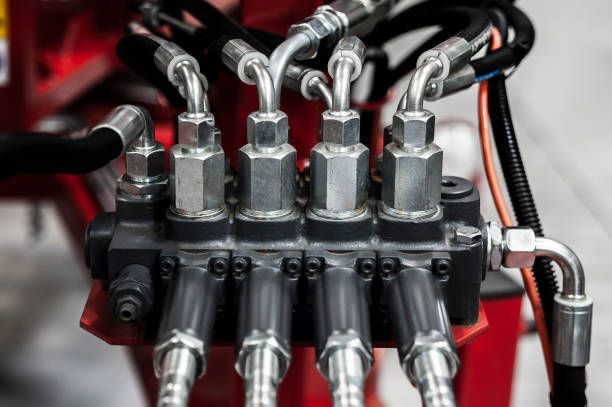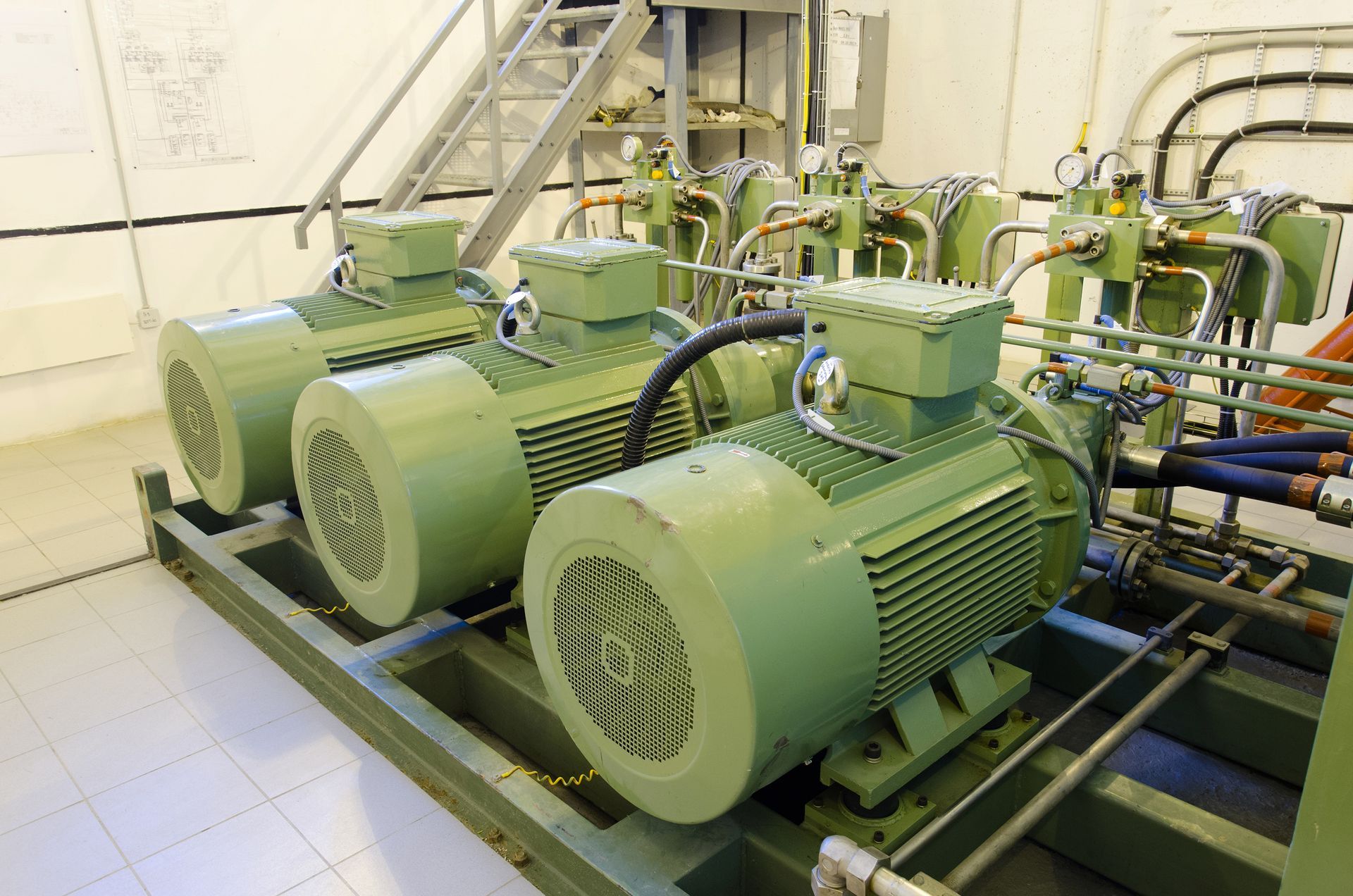Understanding Servo Motors and How to Choose the Best One
Servo motors have been in the industry for long and are used in many different applications. Servo motors offer advanced and precise control over motion. Using the right servo motor provides high flexibility, speed, and accuracy. Though these drives are small, they provide high efficiency.
If you wish to use a servo motor in your company, then you need to understand how they work. That way, you can choose the one most ideal for your specific application. Choosing the wrong type of servo causes reduced accuracy and performance.
When Should You Use a Servo Motor?
The best use of servo motors is in the designing and manufacturing of robots. Some applications that use servos include conveyor belts and automatic door openers.
Servo drives can control the positioning of surfaces in the manufacturing industry. In the pharmaceutical and food industries, servos help in resisting harsh environments. The applications of servos are endless.
Types of Servo Motors
Servo drives have two main types: linear and rotary servo motors.
Rotary Servo Motor
When most people think of servo drives, they are mostly thinking of a rotary servo. There are various kinds of rotary motors:
- Permanent magnets
- AC servo motors
- Brush DC servo motor
- Stepper servo motor
- Brushless DC servo motor
- Synchronous servo motor
Rotary servo motors use screw threads to change their motion into linear motion.
Linear Servo Motor
The rotor of the linear servo drive is on the inside while the coils are outside. The reduced prices in servo motors have led to an increase in the use of the linear servos.
How Can You Choose the Best Servo Motor?
You should consider different elements to find the best servo model. For instance, you may need a standard size servo when moving a robot compared to a small size required to run a toy.
The Size of the Motor
The process of calculating and choosing the ideal servo motor is sizing. During sizing, you need to examine the relationship between speed and torque. These vital formulations help you determine the servo size you need. The payload weight, distance, and speed of the cycle are elements you need to factor in your calculations.
Torque refers to the muscle or strength it takes to rotate the machine. The torque is the most challenging part to calculate. You can find the formula for calculating torque from various online sources.
The Gear Ratio
Most servo motors have gears. Direct drive servo motors made people consider geared motors as traditional. Gears, however, can help increase torque capabilities in drives with lower pole count. The servo motor turns the driver gear until it gets to the gear closest to the payload. The number of teeth in any pair of gears makes up the gear ratio. The ratio is important in calculating the servo drive torque.
The Regeneration Energy Processing
Analyze how much regenerative energy the motor and the load are creating. You should then choose a servo that can handle this regenerative energy. If the drive is not moving in the same direction as the torque applied, the energy regenerates back to the amplifier. That is because the generator and servo drives have the same basic designs.
The Control System Requirements
A servo always has a feedback device. The feedback device needs to have the perfect resolution. The positioning tolerance needs to match the precision of the resolution. The signal from the feedback device also needs to match the amplifier.
Understanding the information given will help you find a suitable servo motor. The best thing about servo drives is that you can customize them to suit your needs.
If you are looking to buy servo motor drives to use in your firm, then contact Quad Fluid Dynamics, Inc. Our experts will ensure you get the most suitable servo drive.


